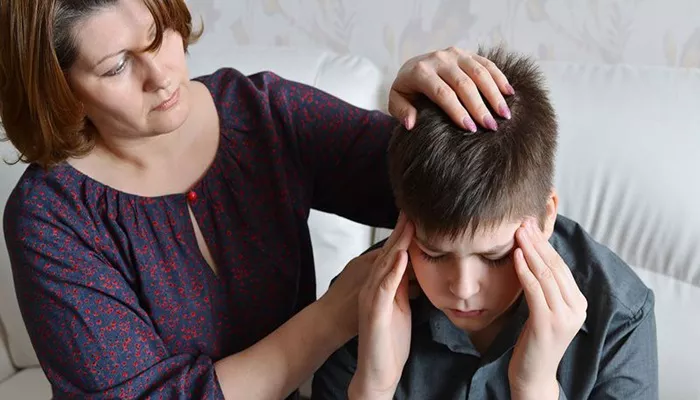A preliminary study released on February 26, 2025, has raised hope for children and teens living with migraine, suggesting that zonisamide—a drug primarily used to treat seizures—could help reduce the number of migraine days in this age group. The findings will be presented at the American Academy of Neurology’s 77th Annual Meeting, set to take place from April 5 to 9, 2025, in San Diego and online.
While the study highlights a potential link between zonisamide and reduced migraine frequency, it does not definitively prove that the drug directly alleviates migraine days.
“Migraine disease is debilitating and can prevent kids from attending school or engaging in daily activities,” said Dr. Anisa Kelley, a researcher from Northwestern University Feinberg School of Medicine in Chicago. “Currently, there is only one FDA-approved migraine preventative medication for this age group. Our findings are promising, suggesting zonisamide could become another treatment option for reducing migraine attacks.”
The study involved a review of health records from 256 children and teens diagnosed with migraine, all of whom were prescribed zonisamide for prevention. Nearly 30% of participants had difficult-to-treat migraine, which had not responded to two or more previous medications. Researchers compared the frequency of migraine days before and after the introduction of zonisamide.
The participants were divided into three subgroups based on the duration of their treatment before a follow-up visit with a physician: one group followed up within the first month, another within two to six months, and the last after six months.
Across all groups, the median number of headache days per month dropped significantly—from 18 to 6—after the first follow-up visit. The most notable improvement was seen in the group that followed up between two to six months, with a median decrease of six headache days. Dr. Kelley emphasized that the drug appeared most effective after a minimum of two months of use.
The study’s results suggest zonisamide may benefit both patients with difficult-to-treat migraine and those with more typical migraine conditions.
“These findings are exciting, as they indicate a potential new treatment for challenging migraine disease in children and teens,” Dr. Kelley said. “However, it is important to note that our study had limitations, including the lack of a control group. Further research with control groups is necessary to confirm these results.”
Related topic:
AI Offers Promise in Early Diagnosis of Schizophrenia and Bipolar Disorder
Takeaway Food, Activity, and Mental Health Risks in Students
Genetics vs. Environment: Key Drivers of Aging and Mortality

